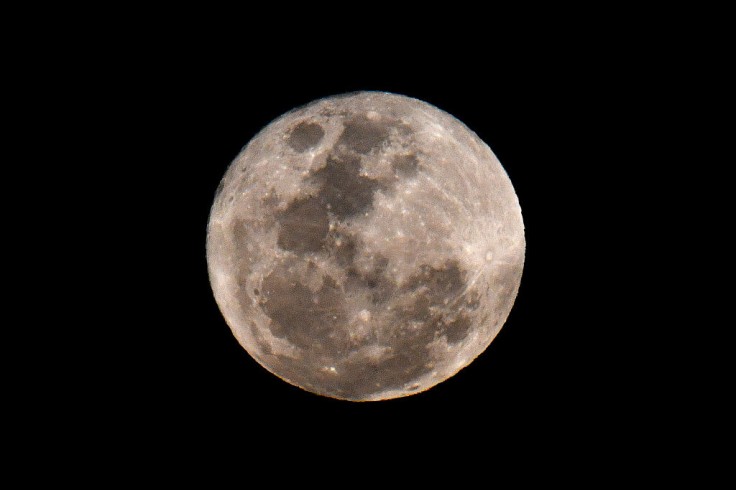Hoaxes and conspiracy theories are nothing new in this day and age. One can even argue that they became worse and a lot more rampant when social media came along.
One of the popular topics that hoaxes and conspiracy theories love to focus on is outer space. People like to speculate and make erroneous claims about aliens and other possible non-human creatures that exist beyond the world we know.

One such hoax is known as the Great Moon Hoax, a series of six articles published by a publication from New York in 1935. Here's what you have to know about the Great Moon Hoax:
What The Great Moon Hoax is in a Nutshell
As previously mentioned, the Great Moon Hoax is a series of six articles published by a New York newspaper called the Sun. The first of the six articles was published on August 25, 1835.
These articles claimed that Sir John Herschel, one of the well-known astronomers at that time, was able to discover life and civilization on the Moon. Yes, you read that right.
Why the Articles Looked Credible at First Glance
A big factor as to why the readers of the newspaper easily believed the misinformation presented in the six articles is because "the articles were supposedly reprinted from the Edinburgh Journal of Science," according to an article by History.
The name found in the byline of these articles was Dr. Andrew Grant, who was described to be a colleague of Sir John Herschel.
The Great Moon Hoax Claimed That the Moon Had Gigantic Amethyst Crystals
One of the many erroneous claims made by the Great Moon Hoax involves the geography of the Moon.
At present, we all have a good idea of how the geography of the Moon is like thanks to the historic 1969 Moon landing and the many lunar missions launched by the different space agencies around the world. Back in 1835, however, that was not the case.
In fact, the Great Moon Hoax claimed that the Moon's geography has gigantic amethyst crystals, vegetation, and rivers, among other things.
False Claims About Creatures on the Moon Were Made
Not only did the Great Moon Hoax claim that the Moon had vegetation and rivers, it also claimed that certain creatures inhabited it.
According to an article by the Smithsonian Magazine, the articles claimed that Herds of brown quadrupeds, similar to bison, were found in the shade of some woods."
"And in a valley were single-horned goats the bluish color of lead," the article adds.
Other animals that Sir John Herschel supposedly found on the Moon include mini zebras and bipedal beavers.
The Great Moon Hoax's Claims About Winged Human-Like Creatures
If you think that the fictional animals we just talked about was bad, it is about to get worse.
The fourth article in the series, in particular, talked about creatures that look like humans that are about four feet tall and, well, they apparently have wings. The newspaper went as far as to even call the creature "Vespertilio-homo" or "man-bat."
The Newspaper Admitted the Articles Were a Hoax Less Than a Month Later
The newspaper that published the six articles eventually revealed on September 16, 1835, that everything had, in fact, been a hoax. If you think that the publication suffered because of the misinformation they shared, that is not actually the case.
According to History, the readers were generally amused by the whole thing and the paper did not experience in dip in sales. In fact, it stayed in business until 1950 before merging with another publication.









